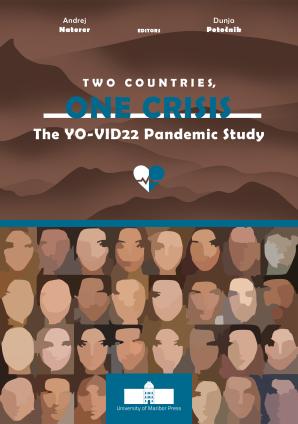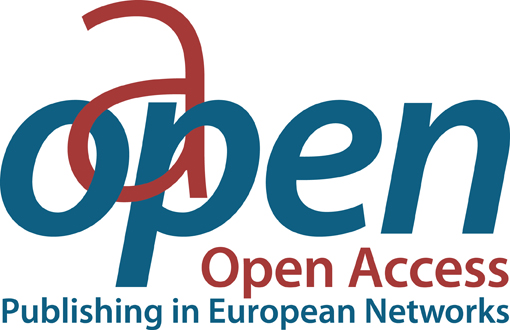5. School-To-Work Transition and Labour Market
Synopsis
This chapter analyses youth labour market dynamics in Croatia and Slovenia before, during, and after the COVID-19 pandemic. Results show clear signs of post-pandemic recovery, including declining unemployment and an increase in permanent contracts. However, instability persists, with high rates of temporary, part-time, and student work that delay stable career transitions and expose young people to precarity. A rise in non-standard employment further reflects structural changes in youth labour participation. Although perceived employability has improved since 2018, the NEET rate remains a concern, particularly in Croatia. The authors observe that cross-country differences emerged, with Slovenia achieving better alignment between education and employment, while Croatia showed little progress compared to pre-pandemic trends. At the same time, work values remained stable, with good pay prioritised, while the public–private sector job satisfaction gap narrowed. Still, despite policy initiatives, many young people continue to face insecurity and difficulties transitioning into sustainable employment, with long-term socioeconomic consequences.
Downloads
Pages
Published
Categories
License

This work is licensed under a Creative Commons Attribution-ShareAlike 4.0 International License.






